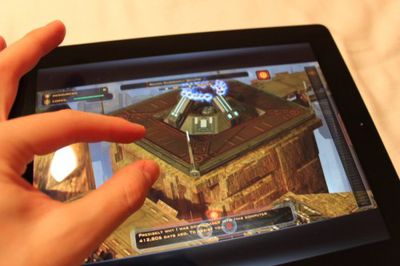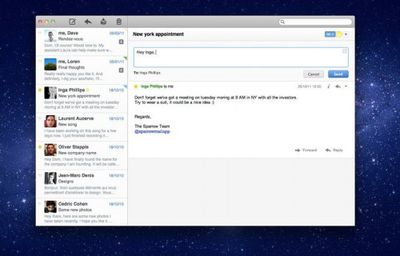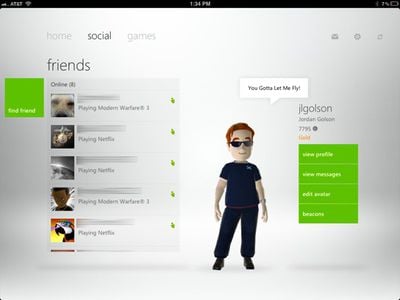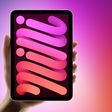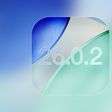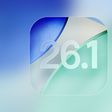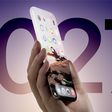 Apple has issued a small update for Aperture, bringing it to version 3.2.2 and fixing an issue related to iCloud's Photo Stream feature.
Apple has issued a small update for Aperture, bringing it to version 3.2.2 and fixing an issue related to iCloud's Photo Stream feature.
What's New in Version 3.2.2
This update resolves an issue that could prevent auto-imported Photo Stream images from being displayed in the library after your Photo Stream hits 1,000 images.
The update is recommended for all users of Aperture 3.
Aperture is Apple's prosumer-level photo editing and organization program, comparable to Adobe Lightroom. It is available for $79.99 from the Mac App Store [Direct Link].
The update is live now on the Mac App Store, and should be available soon via Software Update for those users who didn't purchase the software via the Mac App Store.


 Twitter has announced a
Twitter has announced a 
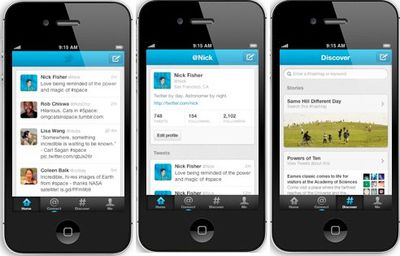


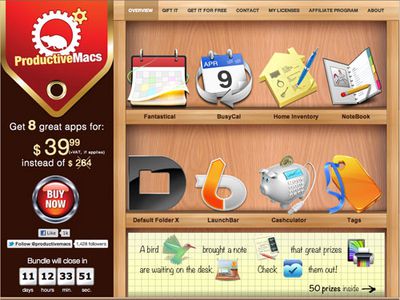


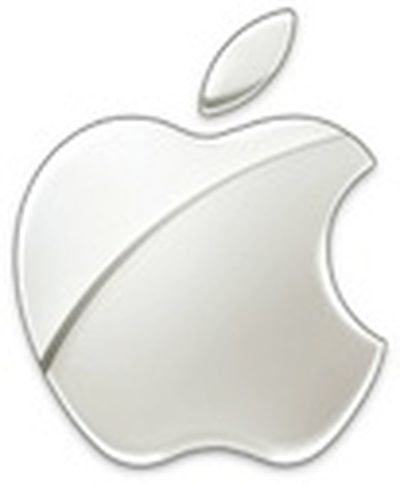 Three-quarters of the way through Apple's holiday quarter, a slew of analysts have increased their calculations of the company's performance, while expecting record iPhone sales on the back of Apple's most successful iPhone launch ever.
Three-quarters of the way through Apple's holiday quarter, a slew of analysts have increased their calculations of the company's performance, while expecting record iPhone sales on the back of Apple's most successful iPhone launch ever.



